


- This event has passed.
Full Moon Meditation – Sagittarius
08/12/2022
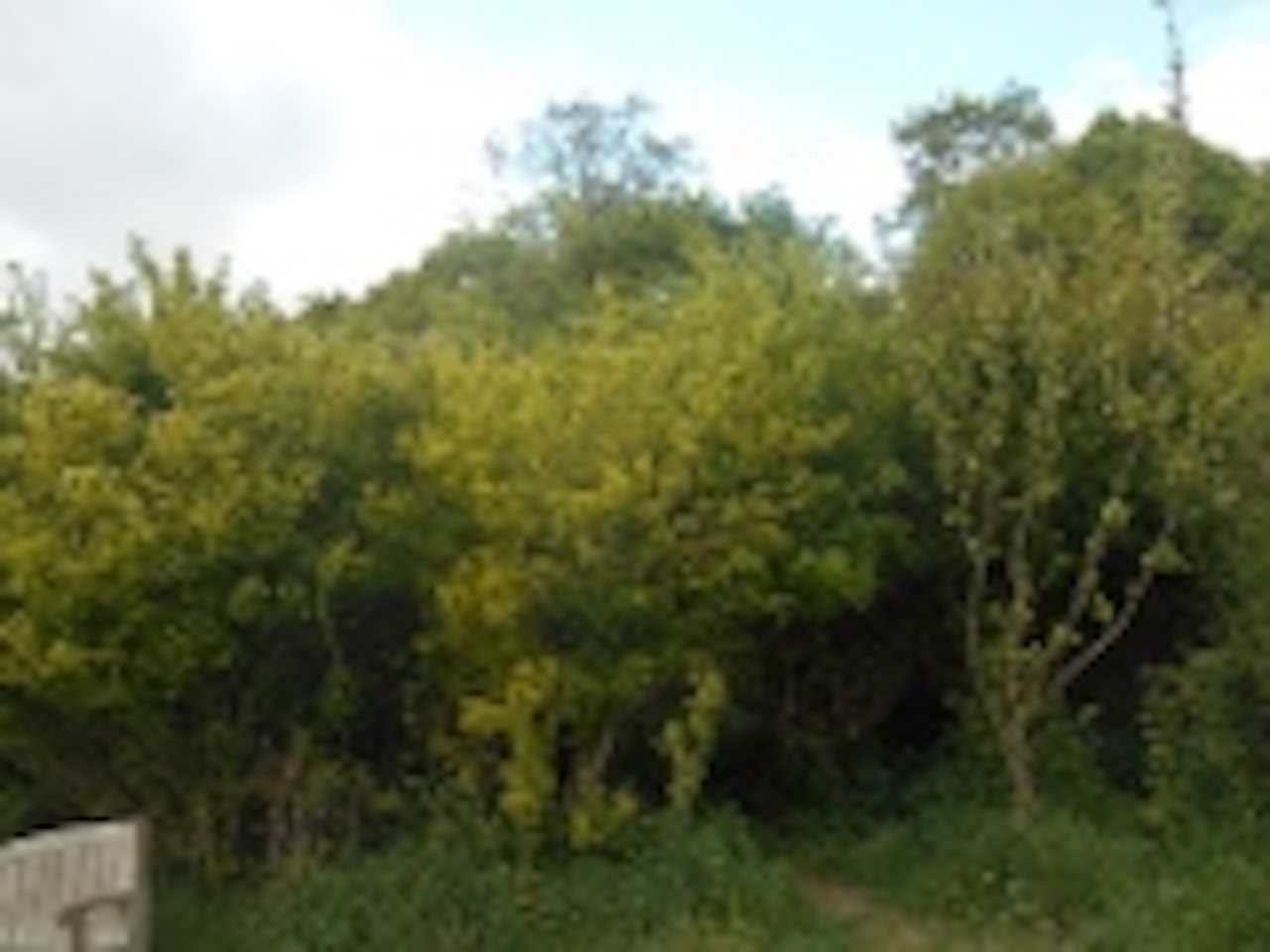
Sun in Sagittarius (Visionary Seer and Teacher)
and Moon in Gemini (Innovator)
12 noon, December 8th 2022
‘… our spiritual or religious instincts are awakened as we reach for a higher sense of meaning and purpose.’ [John Wadsworth]
Sinodun Camp submitted by Parns
Wittenham Clumps. Atop the northerly Clump.
https://www.megalithic.co.uk/article.php?sid=7652
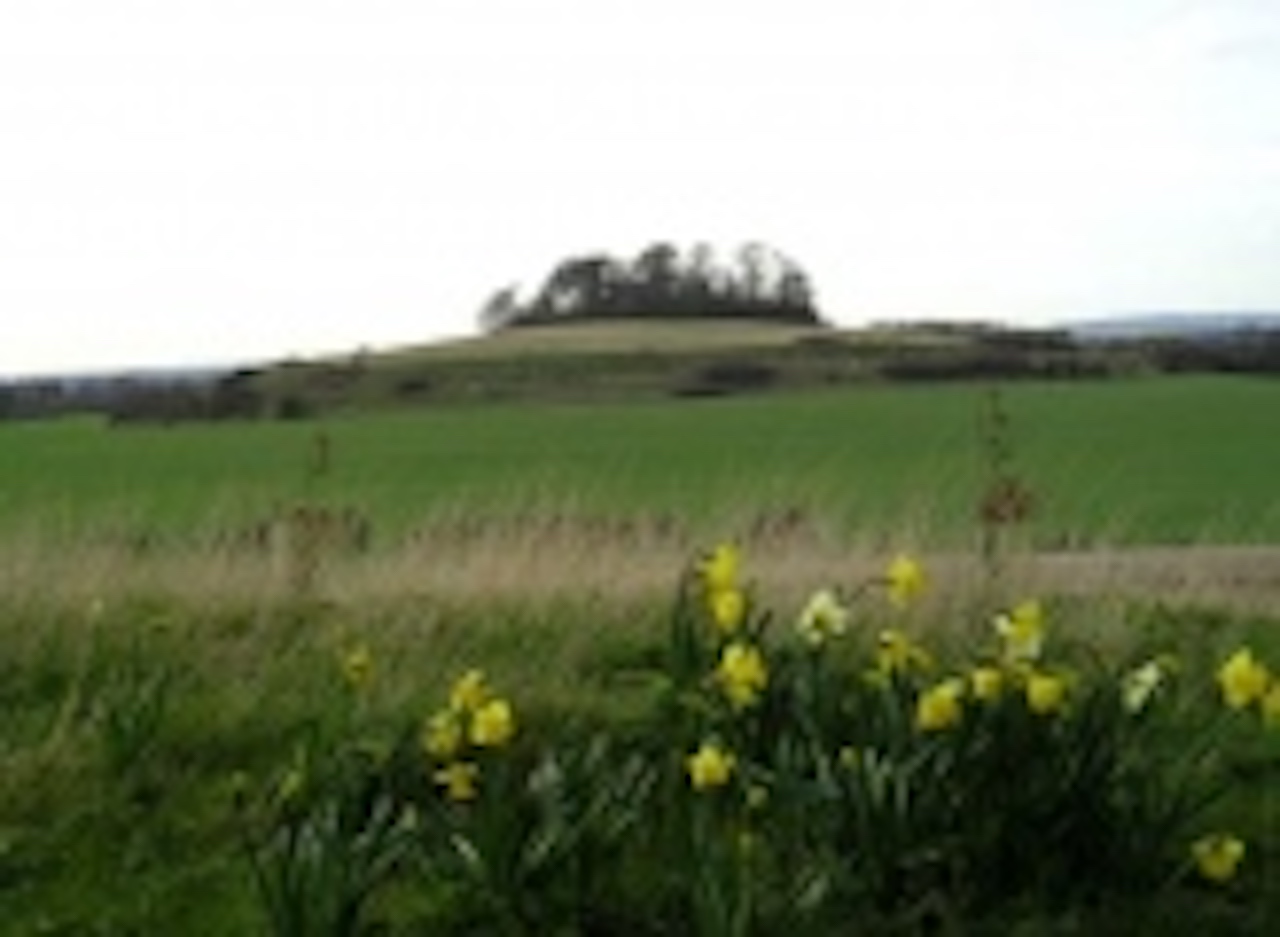
Sinodun Camp submitted by Parns
Looking towards Castle Hill, the southerly Clump and the hill fort proper.
https://www.megalithic.co.uk/article.php?sid=7652
‘The hillfort on Wittenham Clumps covers approximately 4 hectares (c. 10 acres) and comprises a single ditch and rampart. It commands superb views northwards up the Thames valley and to the south and west across the Vale of White Horse to the Berkshire Downs, where a series of similar hillforts follows the line of an ancient route — the Ridgeway’. ...later excavations at the site in 2002-03 showed that the site had in fact been used by neolithic people and, around the tops, flints and other remains were found that took human activity here back into mesolithic times, with some finds dated around 6000 BC! More surprisingly (to archaeologists anyway) was that Castle Hill continued to be used way into medieval times. [https://www.thenorthernantiquarian.org/2011/06/21/castle-hill/]
This powerful hill stands near the confluence of the Rivers Isis and Tame, where we contemplated the root chakra of the larger London landscape temple. In 1985 or thereabouts, a small group had begun to pilgrimage on St Anne’s Hill in the Kingston Zodiac, with a procession celebrating St Anne, Mother of Mary, to St Anne’s Well. There we sent candles onto the water in blessing. The procession included a mummers’ play of St Anne giving birth along the path, and we rejoiced in a new sense of mystical freedom.
A year or two later, the European ‘Grail’ pilgrimages began at the junction of these rivers. We travelled the last mile on a Thames ferry to Greenwich. home of the Royal Naval College, at the ‘crown’ chakra of greater London. It has ancient roots:
Fountain on Blackheath: ‘"The fear of the Lord is a fountain of life. March 1885.’
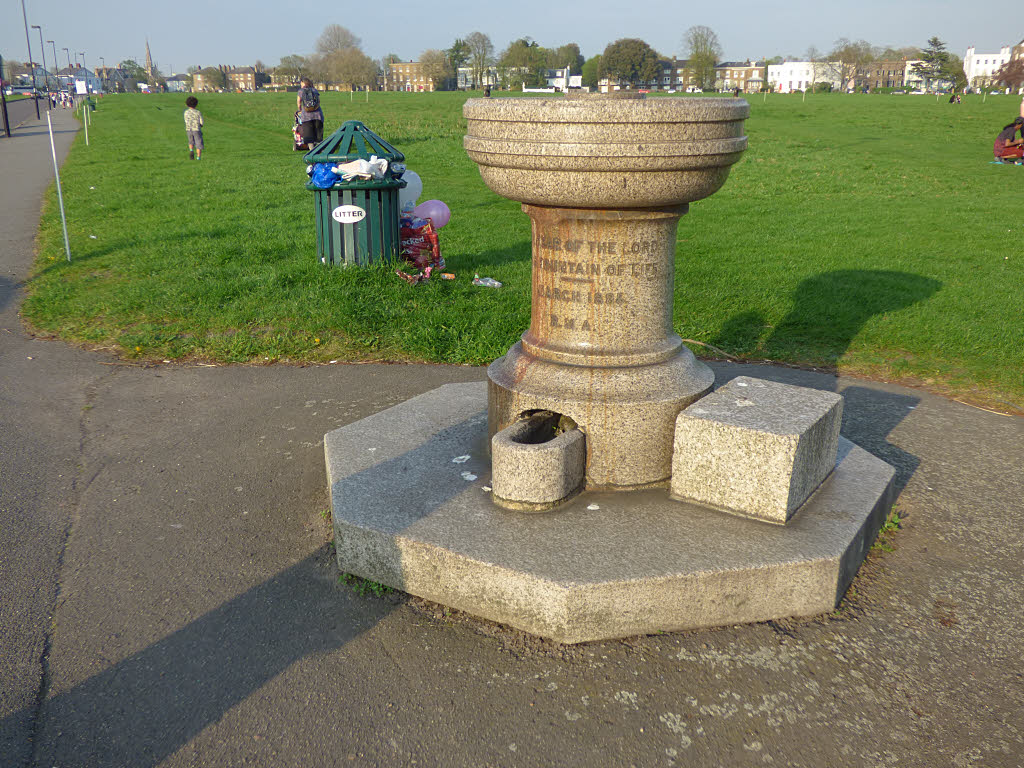
Blackheath/Greenwich at the crown chakra: Is this the landscape’s ‘spirit of place’ message: The energy of the land speaks through history: The drinking fountain Blackheath: 'The fear of the Lord is a fountain of life’. March 1885. https://www.geograph.org.uk/photo/5754482
‘During 1978 and 1979, another excavation took place after the removal of some diseased elm trees. It's believed that more parts of the building discovered were a Roman-Celtic temple.’....’Romano-Celtic temple was built and in use by AD 100. It retains its main temple building and was in use until about AD 400.’....’Watling Street, the Roman road from Dover to London, came past or through Greenwich…’ …the Romans first built their London to Dover road, known..
As it straddles the cusp of the ancient terrestrial star map between Sagittarius and Scorpio, this ‘crown chakra’ of the greater landscape temple of London signifies the importance of the AA line in the larger starmap of Britain. Thus the Romans were enhancing the earlier alignment of prehistoric Britain that creates the ‘saltire cross’ of Rose Centres of London. (see Peter Dawkins draft map below)
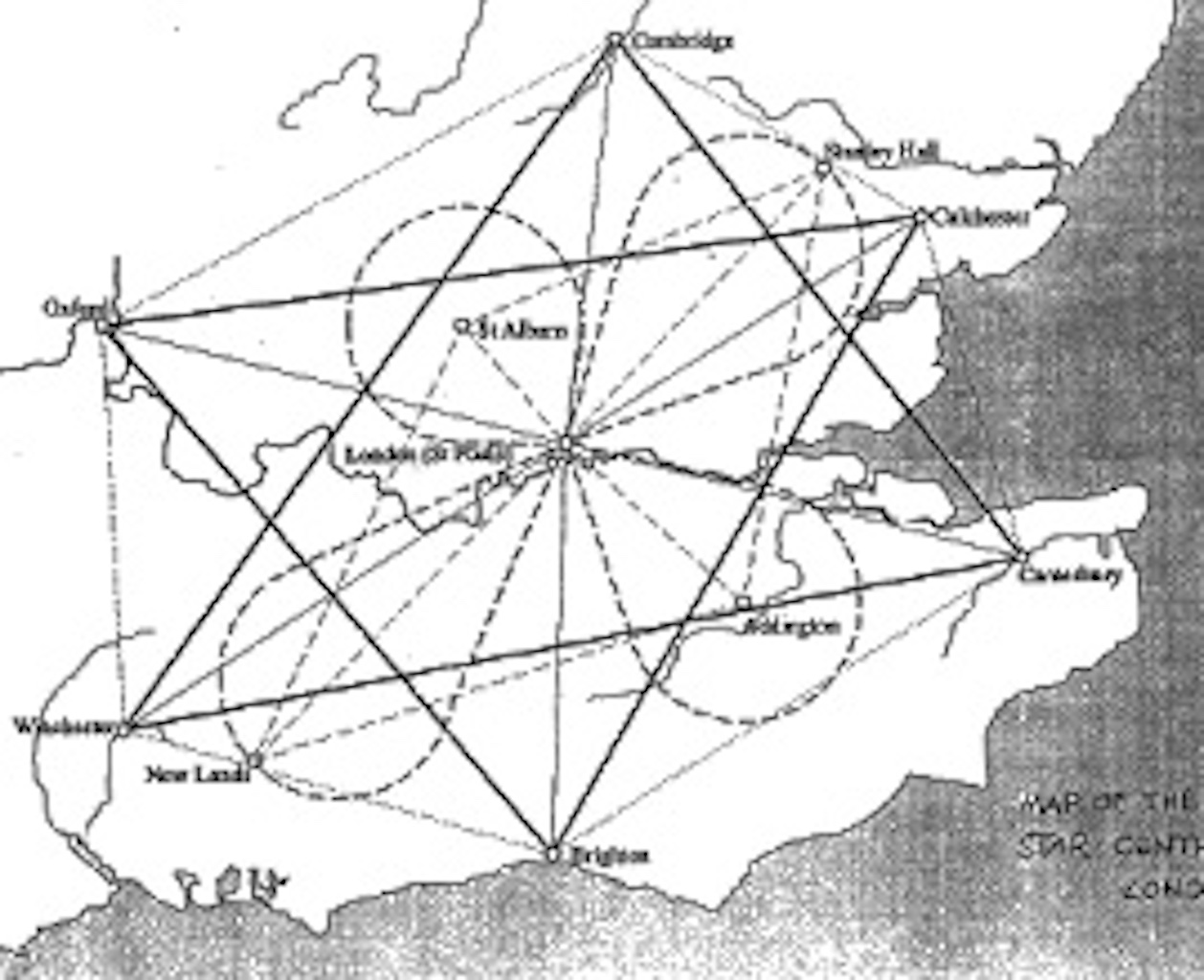
The ‘rose centres’ refer to a design in the landscape which is emerging of the spiritual centres that are equidistant to the London Stone. This has yet to be research further to confirm that London was situated at the heart of a European Sacred Landscape, as the ‘heart’ chakra, as intuited by Peter Dawkins. It is significant at this time that the ‘cosmic’ symbol for humanity’s awakening is indicated as an unfoldment of star-wisdom within the landscape of Britain.
The crown chakra of the Landscape of greater London: ‘The favourite retreat of Tudor Kings and Queens, Greenwich Palace once stood on the site of the Old Royal Naval College, the centrepiece of Maritime Greenwich. This UNESCO World Heritage site has a rich history spanning over 500 years and connections to a cast of historic characters, including one of the world’s most famous, William Shakespeare. Over the Christmas of 1594, William Shakespeare and his newly-formed theatrical company, the Lord Chamberlain’s Men, played twice at Elizabeth I’s court at Greenwich Palace.’
The start of the pilgrimage at Castle Hill: A Grade 4 Dragon Hill, with a conjunction between the Michael and Mary lines:
Rory Duff, (roryduff.com) geophysicist and renowned successful water dowser, considers this pivotal hill to be a powerful sacred centre. Situated at the cross over of ‘dragon lines’ Michael and Mary’ the importance of celebration there at the solstice is now believed to be highly significant. In current archaeological terms, it has been a major settlement for around since 6000 bc, it could be a place of powerful and effective healing of the roots of our civilisation.
Is this part of a ‘wheel of time’ around Oxford where several henges stretch E-W under the university colleges? Many historical centres could be placed in this wheel, including Didcot and Dorchester. The underlying landscape indicates a neolithic landscape of ritual purpose, and in the NW - the symbolic direction for entering a sacred ritual landscape - the Rollright stones serve the Sagittarian role of sowing the seed of the Sage-Teacher. Its opposite on the SE is Dorchester where the Rivers Tame and Isis meet in Gemini, ‘the art of brotherhood and the harmonising of the polarities’. The rivers represent both male and female qualities, in a poetic marriage to take a new vision towards shrines of Caer Troia or Londinium.
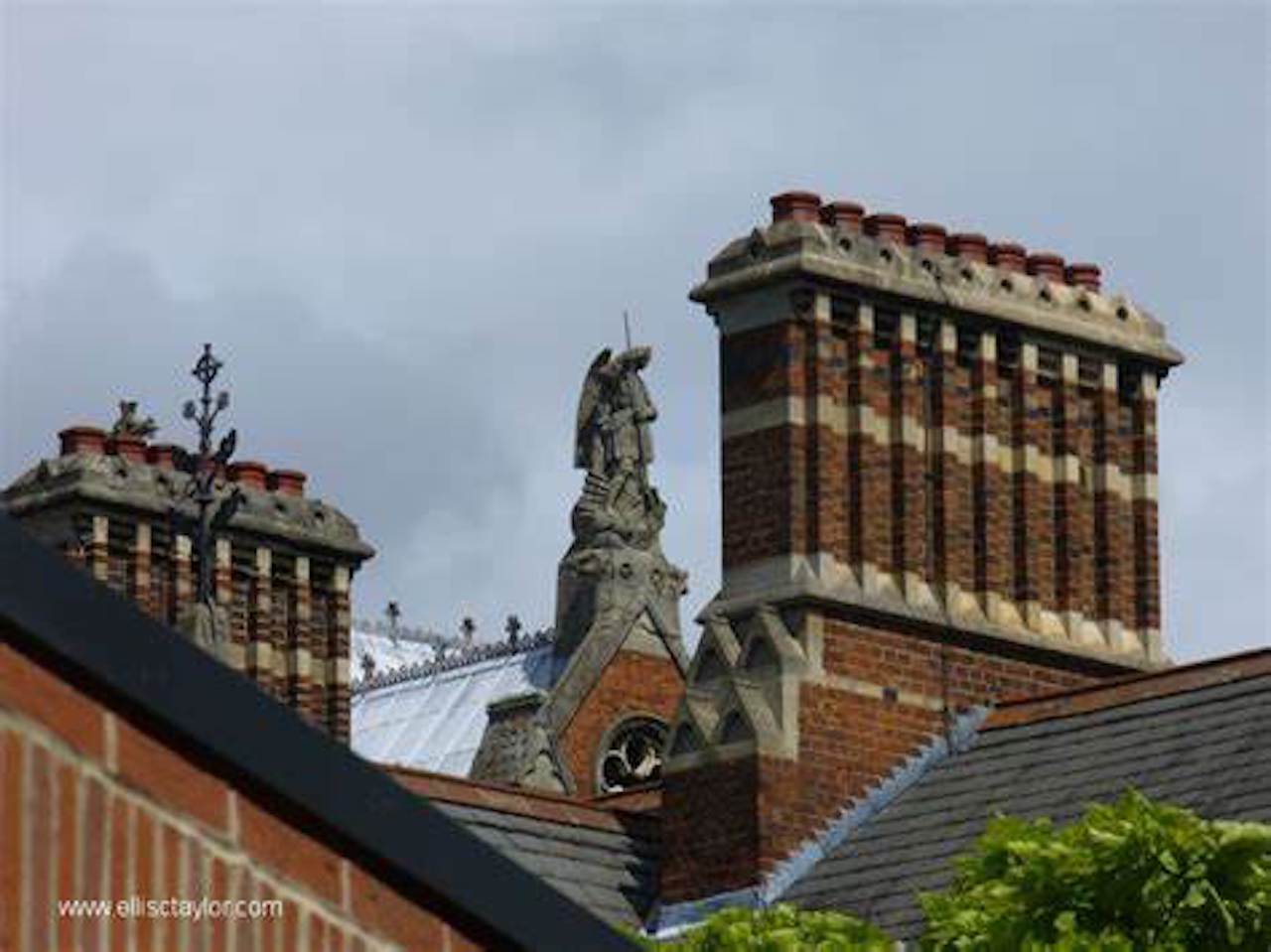
The Kendrew Quadrangle spire, one of six quadrangles which make up St John’s College, mixing old and new architecture.
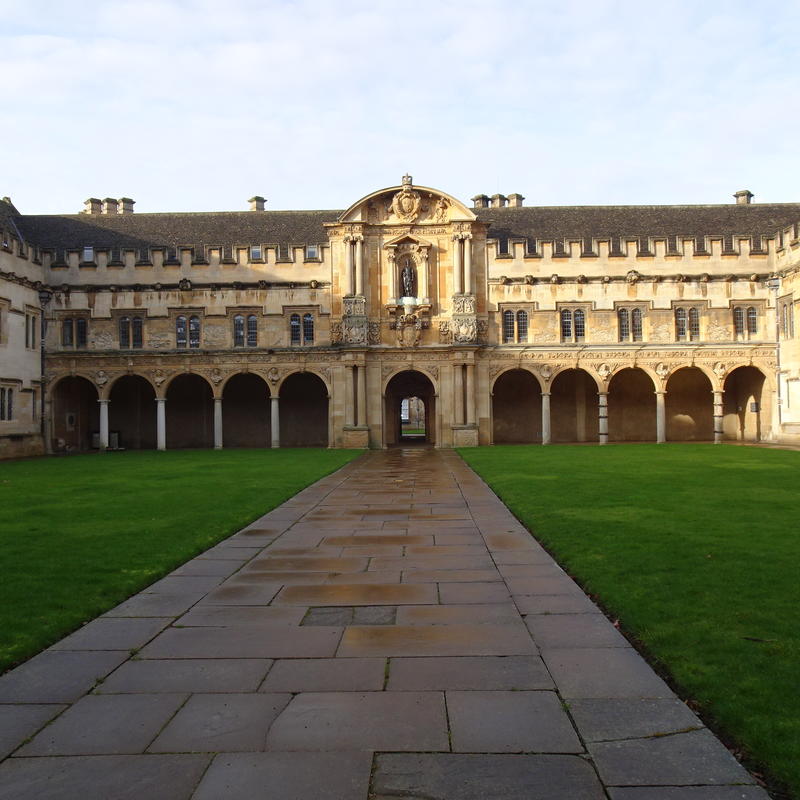
A monastic design of the original quad of St John’s College, the whole forming a hexagonal space, clearly seems inspired to draw down inspiration from the geometrically bounded space, an area designed for deep study and contemplation as well as access to all including the disabled, to St John’s College.
The foundations beneath the hexagonal space contains the remains of one of a series of large henges recently discovered in excavations.
One of four henges making a ritual line running E-W to University Parks and the river Cherwell. This line extends to St Albans (W) and St Davids Bay (E).
Were there hidden influences keeping the earth energy centred over this landscape from neolithic times to today? Graham Robb in ‘The Hidden Paths’ analyses lines of orientation amongst them linking the city to St Albans and Snowdon, Wales, running E-W. Another line for this Celtic oppidum under this city is also aligned on the N-S axis with Winchester (S) and (N) to the Romano-British centre at High Cross. Other alignments are Rousham Gardens, Abingdon and Sutton Courtney.

An artist’s impression of the ritual landscape of henges stretching through the city of Oxford, under the college and through to University Parks.
http://www.ox.ac.uk/about/developing-oxford/roq/history/before-oxford
As a major ritual centre, the implication is that the wider landscape including Abingdon and Dorchester on Thames, and the city served to be a focal point for religious and educational development.
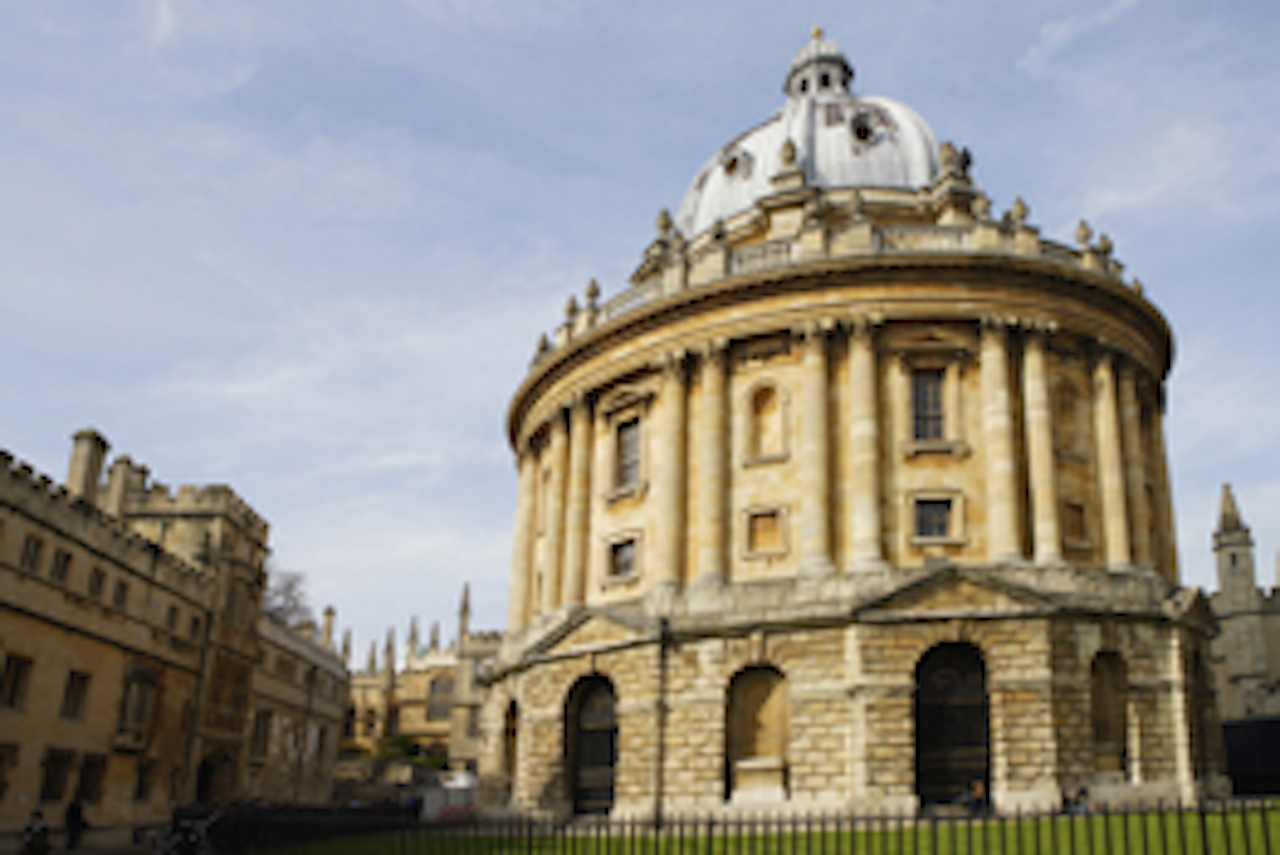
The Radcliffe Camera - build with inspiration from the Greek ‘Tower of Winds’ in Athens. It is a library symbolising the heart of Oxford: ‘The Radcliffe Camera's circularity, its position in the heart of Oxford, and its separation from other buildings make it the focal point of the University of Oxford, and as such it is almost always included in shorthand visual representations of the university.’
What is its spiritual connection as a ‘measurement of time’? The Tower of the Winds is the prominent octagonal tower on top of the old Radcliffe Observatory building in Oxford, England.[1] The building now forms a centrepiece for Green Templeton College, one of the colleges of Oxford University.
The tower is based on the ancient and smaller Tower of the Winds in Athens, Greece, built c.100–50 BC by Andronicus of Cyrrhus for the purpose of measuring time.] Wikipedia.
In true spirit of our earliest of democratic traditions, here at the University my father studied Greek Philosophy to help ‘cultivate’ the Greek vision of democracy in an East African ex- colonial outpost.
The land of my father: In this city after the end of WWII, my father started his philosophical quest into Greek culture, before being sent to East Africa to bring the principles of democracy and the Western legal and democratic systems into the African tribal cultures. His trip included many return visits to Devon, and my own upbringing was entrenched in learning from his deeply thoughtful and philosophical nature.
As a pilgrim in life, I found solace in visiting Oxford, and take inspiration from my pilgrim friends including well travelled pilgrims Rob Waygood, Catherine Macnaughton and Amy Thurdakas {a brilliant lady of British Pakistani origins, brought up in Oxford and who is a lawyer and now plays many types of wind instruments in the landscape as an homage to the spirit of the land and her family’s musical roots.)
Another Oxford mystic who spear-headed many scientific approaches, is Roger Bacon, the Franciscan Friar living at the bottom of the N-S axis of the city: Folly Bridge, which links an island surrounded by the two branches of the River Thames. Working land energy on a watery confluence, has mystic origins in the Cistercian wisdom tradition which developed a strong healing tradition of working with Natural energy.
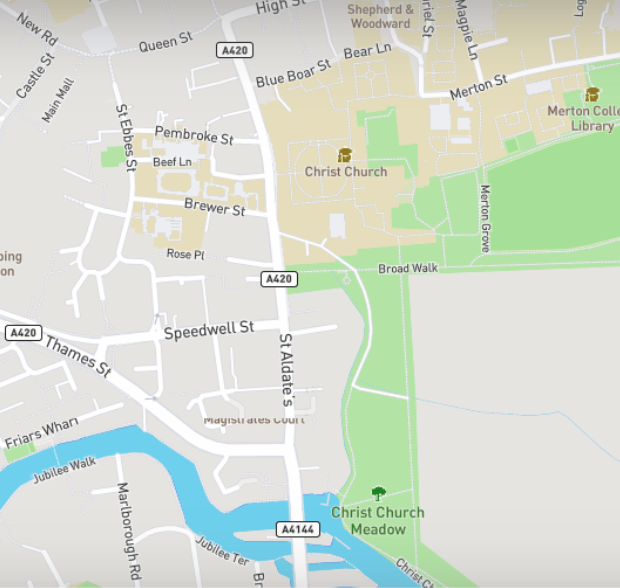
Folly Bridge and Roger Bacon’s innovative mystical work of renovating the alchemical sciences.He was famous for creating a mechanical ‘brazen head’ or ‘head of wisdom’ which moved, for which he was considered a wizard. Such was an example of the alchemical origins of technology, which Rogan Taylor develops in his book ‘The Death and Resurrection Show’ associating the development of technology with ‘magical tricks’ of the stage shows.
Oxfordshire landscape features:
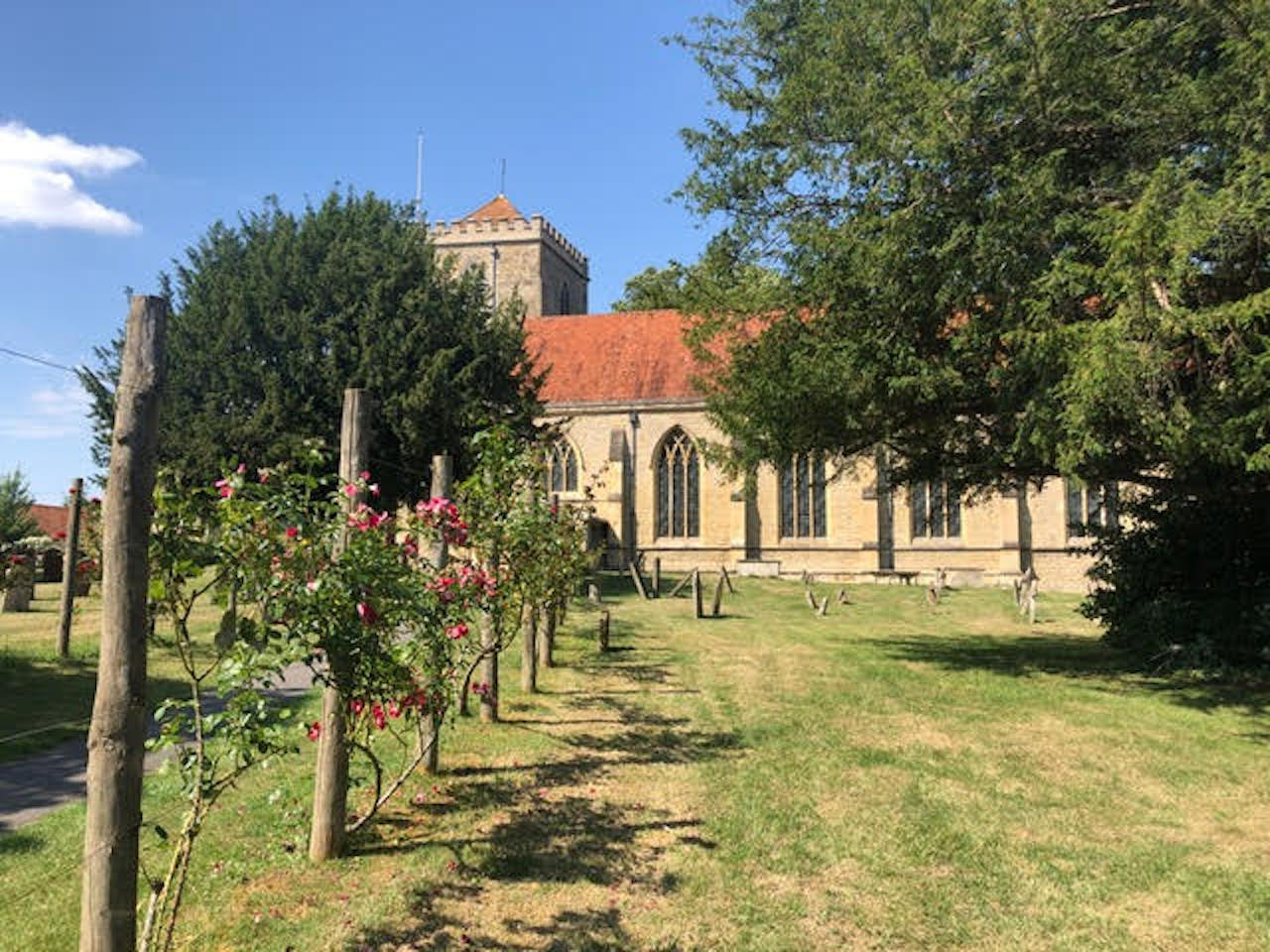
Dorchester on Thames (‘Fort on the Water' or 'Water-town') Abbey,
referred to by John Leyland in his poem "Song of the Swan"), was considered capital of Wessex before being displaced by Winchester. Here the confluence of rivers mark the start of the mystical water-way into London.

Twin Dragon lines through Dorchester on Thames. (Rory Duff, 2022)
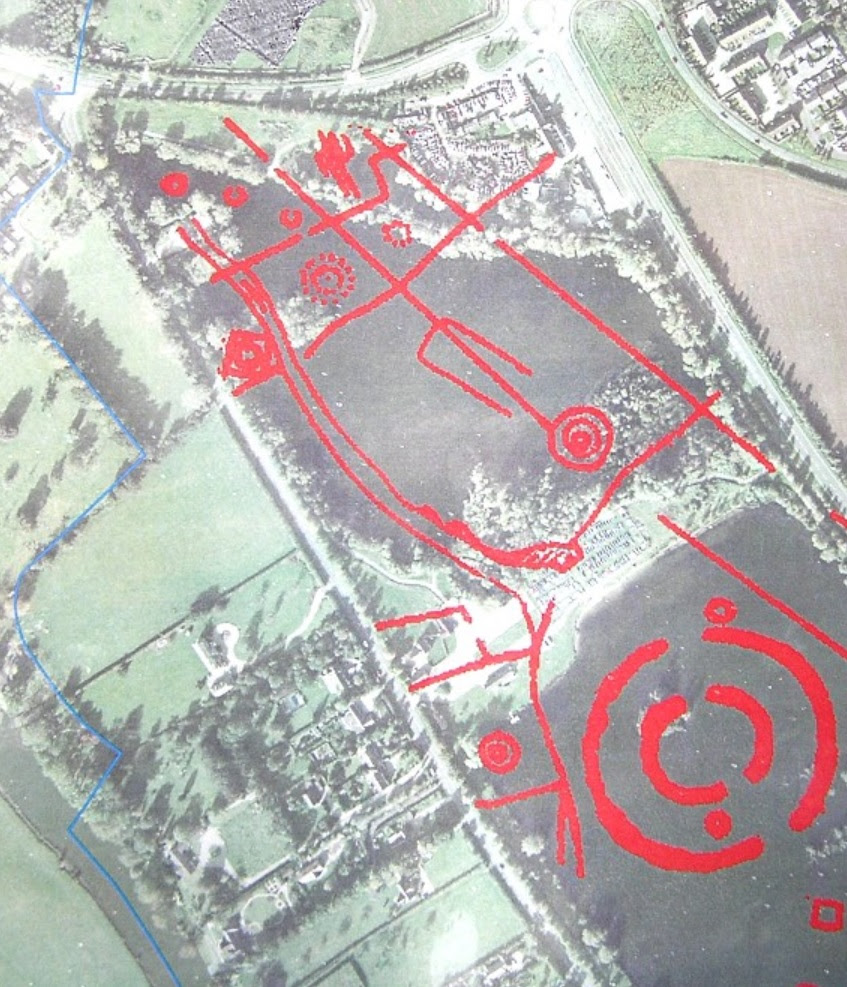
Henge and cursus at Dorchester on Thames. (adaptation of sketches by Rory Duff, roryduff.com)
My journey of discovery took a riverside route to my birthplace: The Rivr Thame arises in Quarendon, Buckinghamshire, near where I was born at Fulmer Chase, and Little Missenden, where my parents first brought me up.
The marriage of the Rivers Thame and Isis at Dorchester:
‘…The chief is THAMISIS, compounded of two rivers, Thame and Isis; whereof the former, rising somewhat beyond Thame in Buckinghamshire, and the latter near Cirencester in Gloucestershire, meet together about Dorchester in Oxfordshire; the issue of which happy conjunction is Thamisis, or Thames; hence it flieth betwixt Berks, Buckinghamshire, Middlesex, Surrey, Kent and Essex: and so weddeth itself to the Kentish Medway, in the very jaws of the ocean. This glorious river feeleth the violence and benefit of the sea more than any river in Europe; ebbing and flowing, twice a day, more than sixty miles; about whose banks are so many fair towns and princely palaces, that a German poet thus truly spake: ‘We saw so many woods and princely bowers,
Sweet fields, brave palaces, and stately towers;
So many gardens drest with curious care,
That Thames with royal Tiber may compare.’
[1653: Isaac Walton: http://thames.me.uk/s01360.htm]
Half a mile from Dorchester;
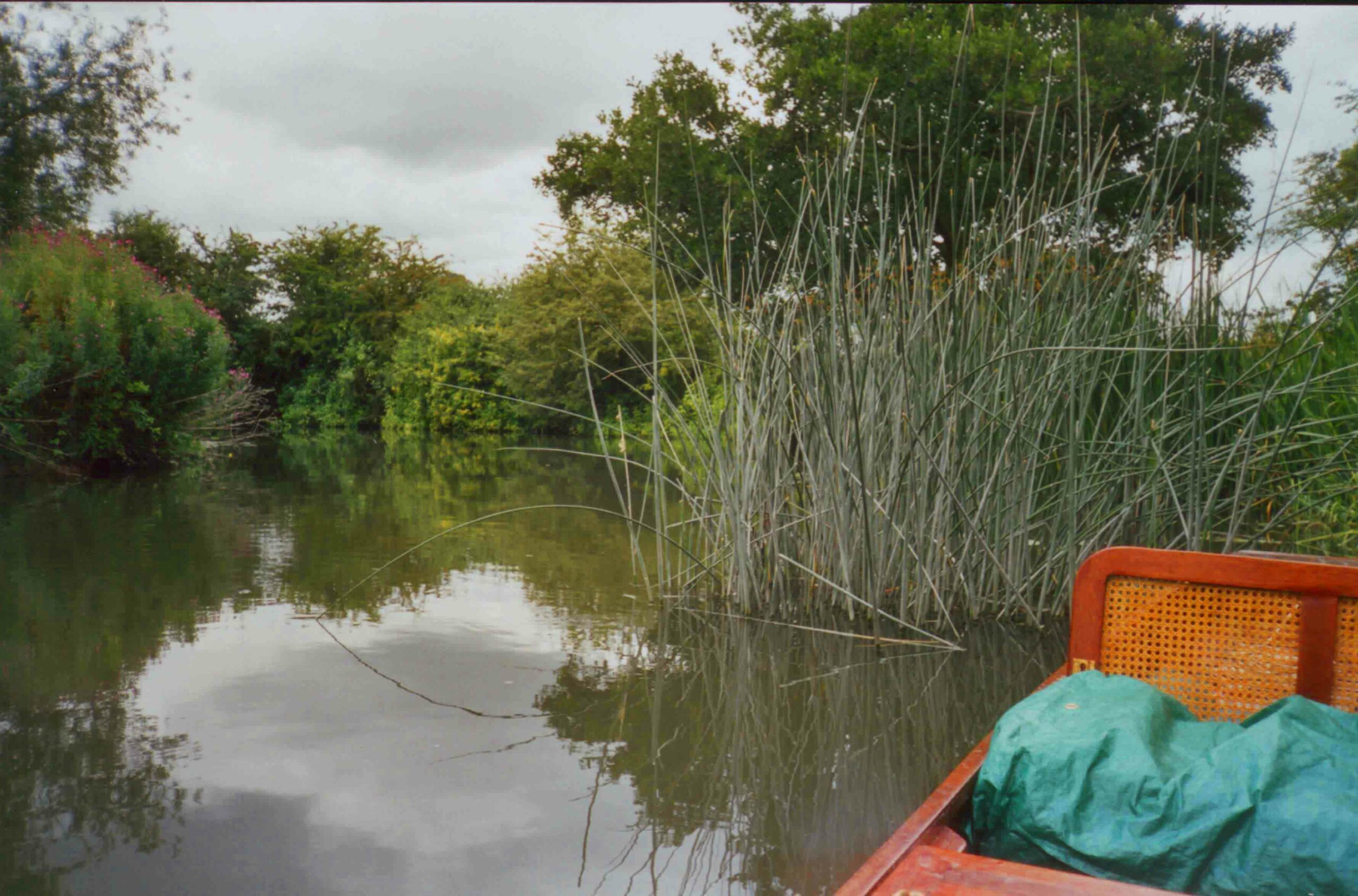
The Thame 2004: Its arching trees and corners, and deep shady alleys, make it a delightful place for an idler. It runs close by the abbey church.
http://thames.me.uk/s01360.htm
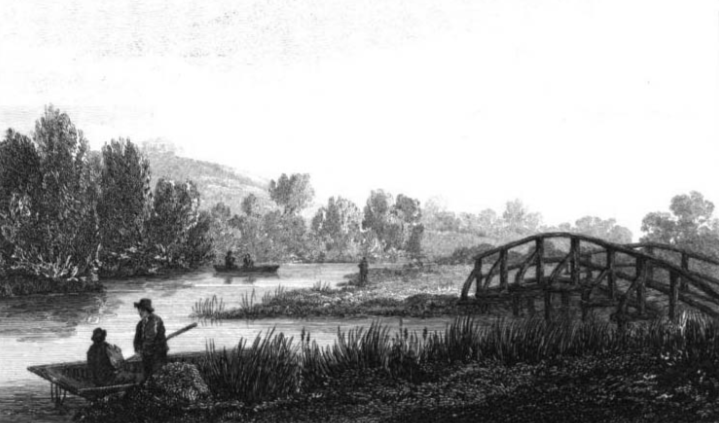
The idyllic unction of the Rivers Thame and Isis.
http://thames.me.uk/s01360.htm
And so the Rivers’ meeting place conceptualised as the marriage formed part of the poets’ mystique, to encourage us to mythologise the power of rivers to anchor the inner beauty of landscapes. At Goring, perhaps the sacral point of this Greater London chakric axis, two hills straddle the motorway at Goring Gap, as a sort of ‘pelvic gateway’ through which the Thames enters a sacred pathway to a great and ancient city. ‘It forms an intersection of three ancient trading routes: The Ridgeway, Icknield Way and River Thames. The river runs between the Chiltern Hills and Berkshire Downs.
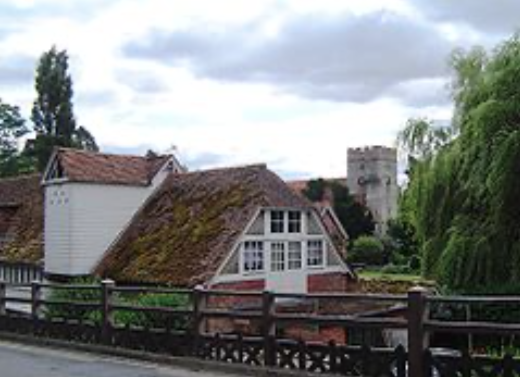
Goring Parish church
https://en.wikipedia.org/wiki/Goring-on-Thames#/media/File:GoringMill01.JPG
Here in Goring is where the Thames gathers its sacred powers through a dedication to the mystic bishop Thomas A Becket, This speaks of a hidden alchemical history:
‘Nearby are the village churches – one dedicated to St Thomas Becket has a nave built within 50 years of the saint's death, in the early 13th century, along with a later bell tower.’ [Wikipedia]

St Thomas a Becket’s Church, Goring on Thames. Given the role this saint had in connecting Canterbury with Winchester along the North and South Downs pilgrims’ ways, as they sought the healing comfort of the sacrificed bishop, we can safely expect that the overlighting spirit of the land intended us to discover hidden meanings in the path of the marriage of theThame and Isis which symbolised the watery fertility of the great city of London.
Our story includes the North and South Downs along which pilgrims travelled to Canterbury and the shrine of St Thomas… did they come from all quarters of the land, in true Sagittarian fashion: a long distance, soul-searching of the heart? (see Full Moon article for Sagittarius 2021). And did they come from sacred centres such as Oxford and the Rollright stones? Or Avebury circle and many other pilgrim destinations - turning the wheels of life through long distance pilgrimage? We can link the saint’s shrine’s across the N-S landscape:
These pilgrims would have started at the St Catherine’s Hill ‘wheel’ temple, along to Temple Valley and the North Downs, or from the Temple Valley, to the St Swithun’s Way to Farnham through, or along the ridge of the Devils Punchbowl, to Old Winchester Hill and the South Downs:
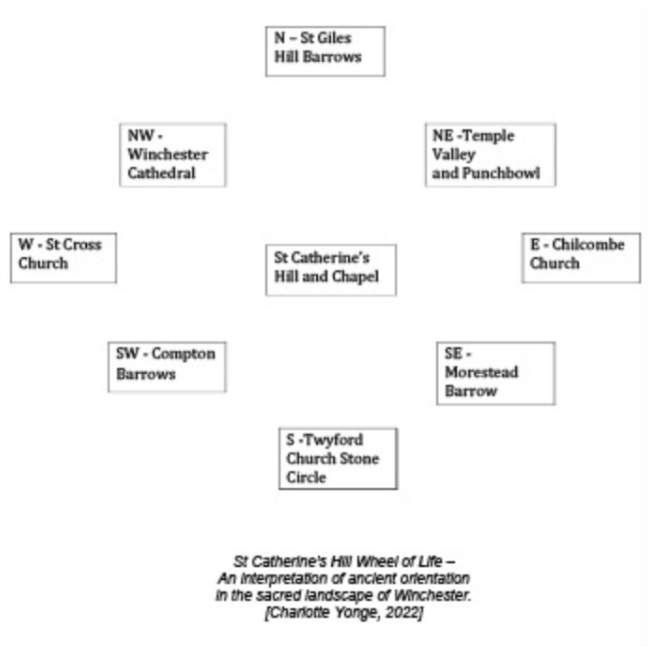
St Catherine’s ‘wheel’ and the mystery tradition of initiation may be one of many, including Oxford and its surrounding towns and sites. The St Catherine’s college has an association with St Catherine of Alexandria: ‘This name is also a reference to Catherine of Alexandria; this can also be seen in the college blazon, which depicts four Catherine wheels, one of St. Catherine's attributes.’
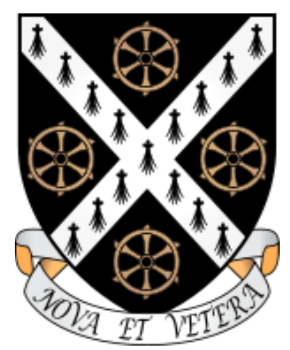
Nova et Vetera means ‘new and old’. The saltire cross
is a symbol for the alchemical ‘pilgrims path’ along the path of the
heavens: the Milky Way as represented in the landscape.
(notes from talk by Anthony Thorley)
The eight sacred sites at Winchester are accurately positioned to symbolise the eight ‘wheel of life’ solar and lunar festivals of the Celtic year. St Catherine of Alexandria became the saint symbolising the ‘torturous’ initiation cycle of an initiate, both pagan and Christian, where suffering equates to the development of wisdom and enlightenment.
The directional design of this hill reflects the story of St Catherine whose remains were said to have been found on Mount Sinai. The first crusades to the Holy Land (establishing the Kingdom of Jerusalem in Palestine) were a part of King Rufus first acts of kingship. It signifies a particular devotional symbol for crusaders, who rallied to the cause of St Catherine…. His death, like that of St Thomas a Beckett, is shrouded in mystery as they both were killed by people with whom they were familiar and friendly (see Hugh Ross Williamson ‘The Arrow and the Sword’). Both these saintly figures seem to have been involved in sacrifice. Rufus was known to be a devout Pagan, who stood by values of purity of intent, as did Beckett in opposing King Henry II. Both of them are associated with pilgrimage paths.
‘When the rebellious city of Florence was placed under an interdict by Pope Gregory XI (1376), Catherine determined to take public action for peace within the church and Italy and to encourage a Crusade against the Muslims. She went as an unofficial mediator to Avignon with her confessor and biographer Raymond of Capua.’
‘The Greek Orthodox monastery of St. Catherine at Mount Sinai (mod. Gebel Mûsa, Egypt) was located at a site sacred to Jews, Christians, and Muslims, where, according to tradition, the biblical prophet Moses ascended to bring down the Ten Commandments (Ex. 19-20).’
The Wheel of Life, or Fortune:
The Wheel originally belonged to the Roman goddess Fortuna, whose name seems to derive from Vortumna, "she who revolves the year". [Wiki]
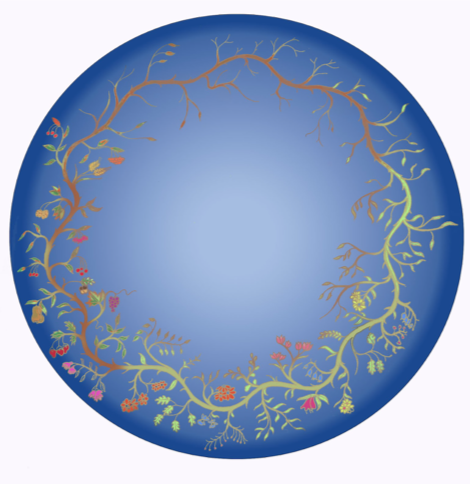
The Wheel of the Seasons of Natural growth. [image created by Michele Baufoy 2022).
The Wheel of the Seasons can also be seen as the cycle of growth in Nature to seed to flower and to seed, which symbolises the growth of the human psyche from inspiration to
love in action: we grow our seed vision until it matures,
and enter 12 different tests or stages of development for
our creative inner light or ‘core self’.
QUESTING OUR VISION OF INNOVATIVE GUARDIANSHIP
Our vision quest in our sun sign this month could be: ‘Where do we position ourselves in modern times to these magnificent sacred sites on the cusp or in the sign of Sagittarius – the archer, the seer, the visionary? Certainly the power of the past is ready to be tapped, and right up to date for our networking purposes. Are we reviving the long held vision of the sacred from past to present, and building a new age with the powerful vision of our ancestors?
As Rory Duff suggests, we are at the point where earth passes into new space-domains, where cosmic particles are flooding into the earth and heralding a major shift of evolutionary qualities in our culture. It could be that, with the increase of harmonic resonance at sacred sites, we can access a deeper bed of particle-stimulus in our whole physiology, tending towards a new harmonic. Are we being asked to tap this hidden dimension, and move into an age of beauty and harmony never before experienced? From his website we can access the ‘Sacred Network’ website in which are being built links to many global sacred sites, and information on how to link more regularly with our local sites at the times of the Solstice and Equinox: the areas which are becoming more densely interlinked, and manifesting longer periods of ‘harmonic’ resonance’ as we leave behind the past.
Our work in our local landscapes is the work of helping the coming age unfold from deep within the resonating earth. As the ‘plasma waves’ of the Milky Way galaxy increases, we have the opportunity to reach out and love the gifts of the cosmos, love the land being transformed, and thus love the changes with ourselves and planet. The Sagittarius seed sower is encouraging us to peer beyond the dust and divisions, because it is all changing for the better.
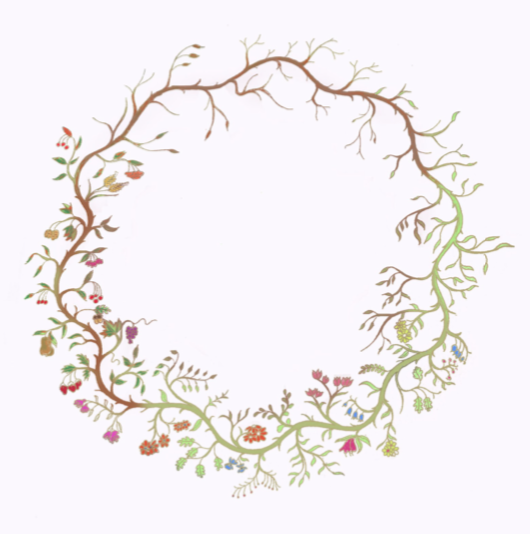
Which stage of ripening is your understanding of life? We are guardians to the best of our understanding of the Wheel of Life. [image by Michele Beaufoy, 2022]
Editors: Rose Williams and Charlotte Yonge 2022